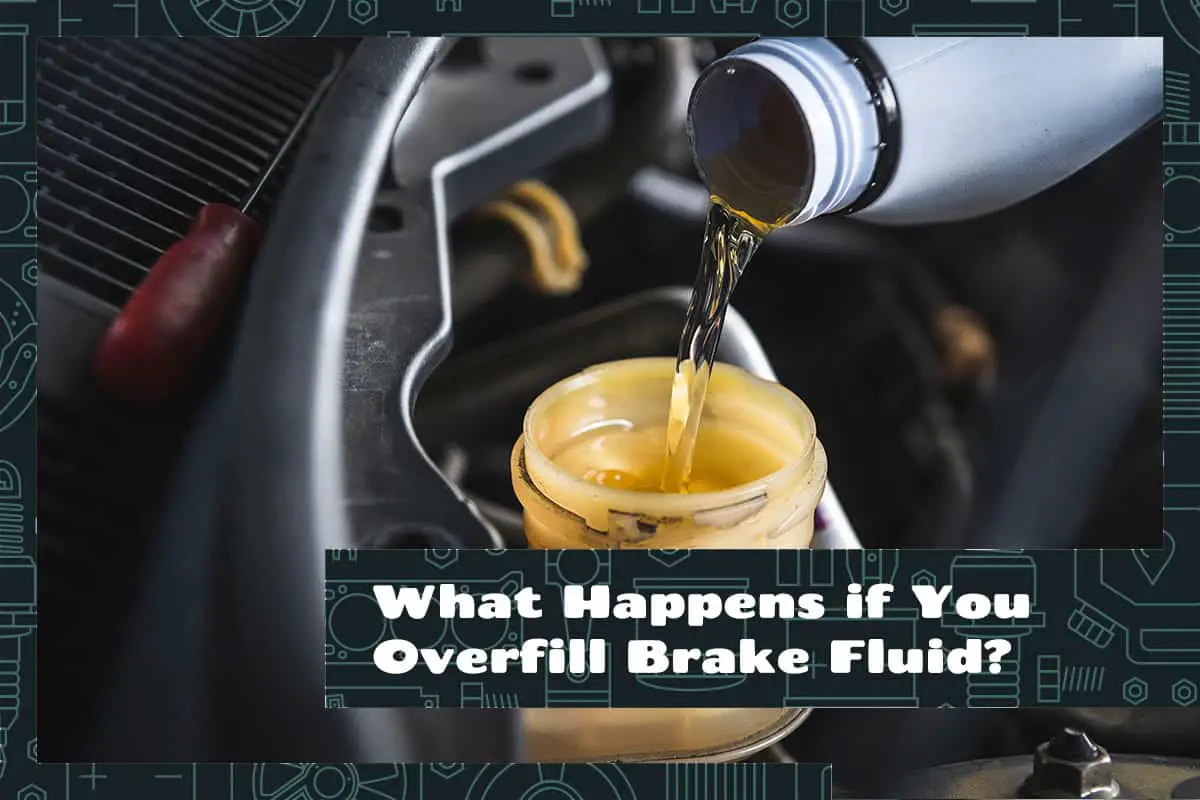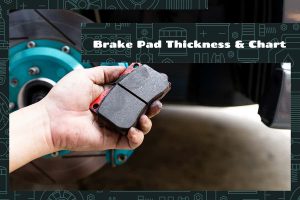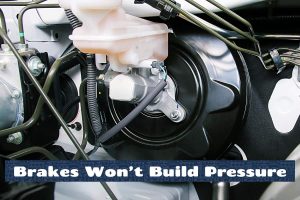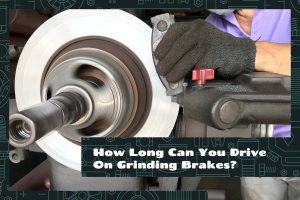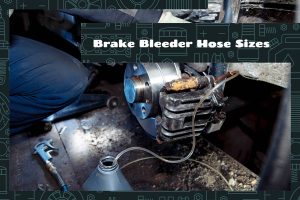Brake fluid acts as a hydraulic fluid, transmitting the force from your foot on the brake pedal to the brakes themselves. When maintained at the proper level, brake fluid ensures consistent braking performance and the safety of your vehicle. But what if you accidentally pour more than the recommended amount into the reservoir?
Overfilling brake fluid can lead to increased pressure in the brake system, potential damage to brake components, reduced braking performance, and safety hazards.
This article will explore the consequences of overfilling brake fluid, its immediate and long-term effects, and how to correct the situation.
Importance of Proper Brake Fluid Level
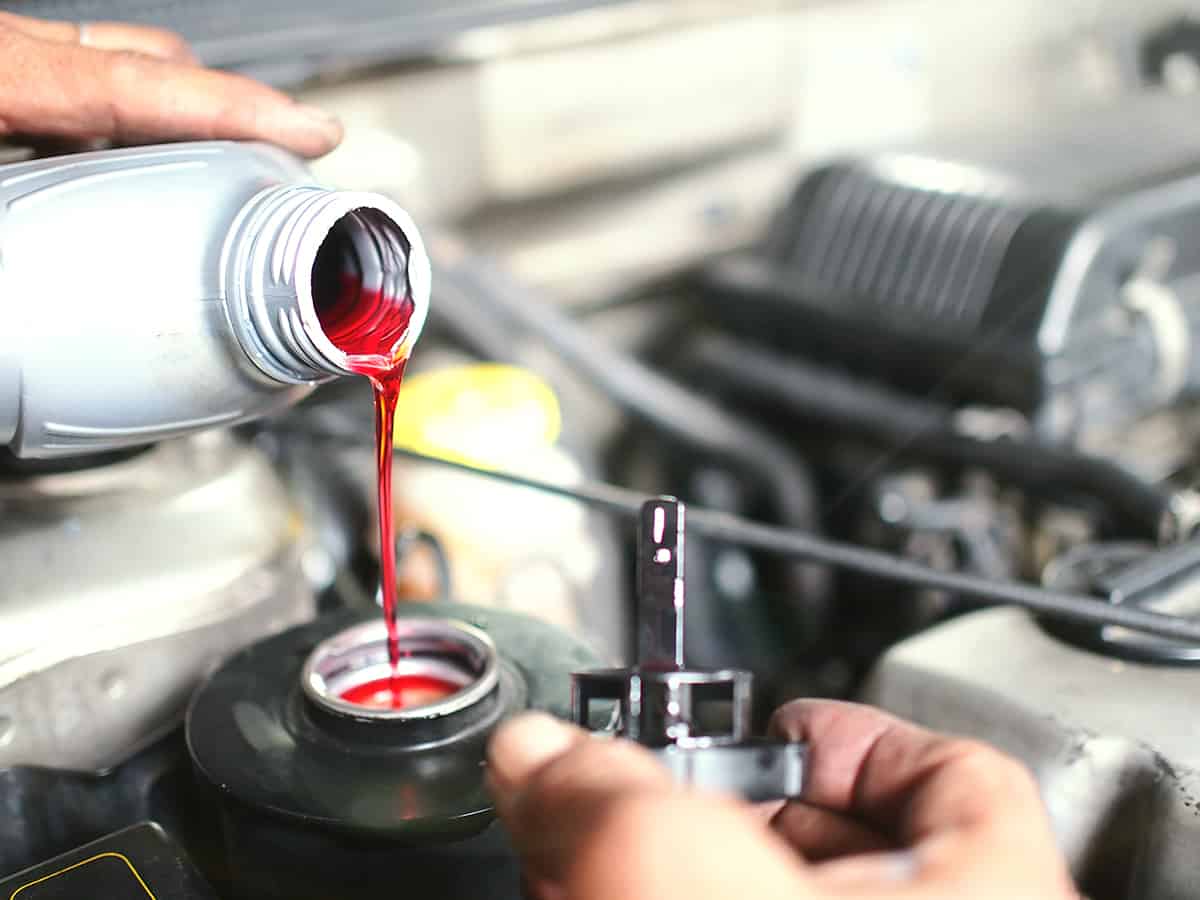
The primary function of brake fluid is to transfer the force you apply on the brake pedal to the brake calipers, ensuring timely halting. When brake fluid levels are optimal, your car responds precisely to your braking intent, enhancing road safety.
Correct brake fluid levels guarantee consistent braking pressure. An underfilled or overfilled reservoir can compromise this consistency, which can lead to all sorts of potentially dangerous effects.
How to Check Brake Fluid Levels
Before checking, arm yourself with a flashlight for better visibility, especially in dimly lit areas.
- Engine Position: Begin with a cool engine. This provides an accurate reading and prevents any potential burns.
- Locate Reservoir: Open your car’s hood and locate the brake fluid reservoir. It’s usually a transparent container with a marking indicating ‘MAX’ and ‘MIN’ levels.
- Inspect Fluid Level: With the flashlight, examine the fluid level. It should be between the ‘MAX’ and ‘MIN’ markings. If it’s below ‘MIN’, your brake system might have a leak or require fluid top-up.
- Check Fluid Color: Brake fluid is typically clear to yellowish. If it appears dark or muddy, it might be time for a change.
Symptoms of Overfilled Brake Fluid
Overfilling the brake fluid reservoir can cause the following symptoms, which are noticeable when driving or visually inspecting your vehicle while parked:
1. Brake Pedal Feels Soft or Spongy
When there’s too much fluid, air pockets can form in the brake lines. This trapped air can make your brake pedal feel unusually soft or spongy when pressed. You might find that the pedal travels farther than usual before your car begins to slow down or stop.
2. Brake Fluid Leakage
Too much fluid in the reservoir can build excessive pressure, especially when the fluid heats up during driving. This heightened pressure can force brake fluid out of the reservoir, causing noticeable leaks. If you spot fluid puddles or stains near the wheels or under the vehicle, especially after parking, check the brake fluid level and system for potential issues.
3. Abnormal Noises When Braking
Overfilled brake systems can sometimes produce strange noises when you apply the brakes. You might hear a squishing or gurgling sound. This noise is typically due to the aforementioned air bubbles moving through the brake lines.
Risks of Overfilling Brake Fluid
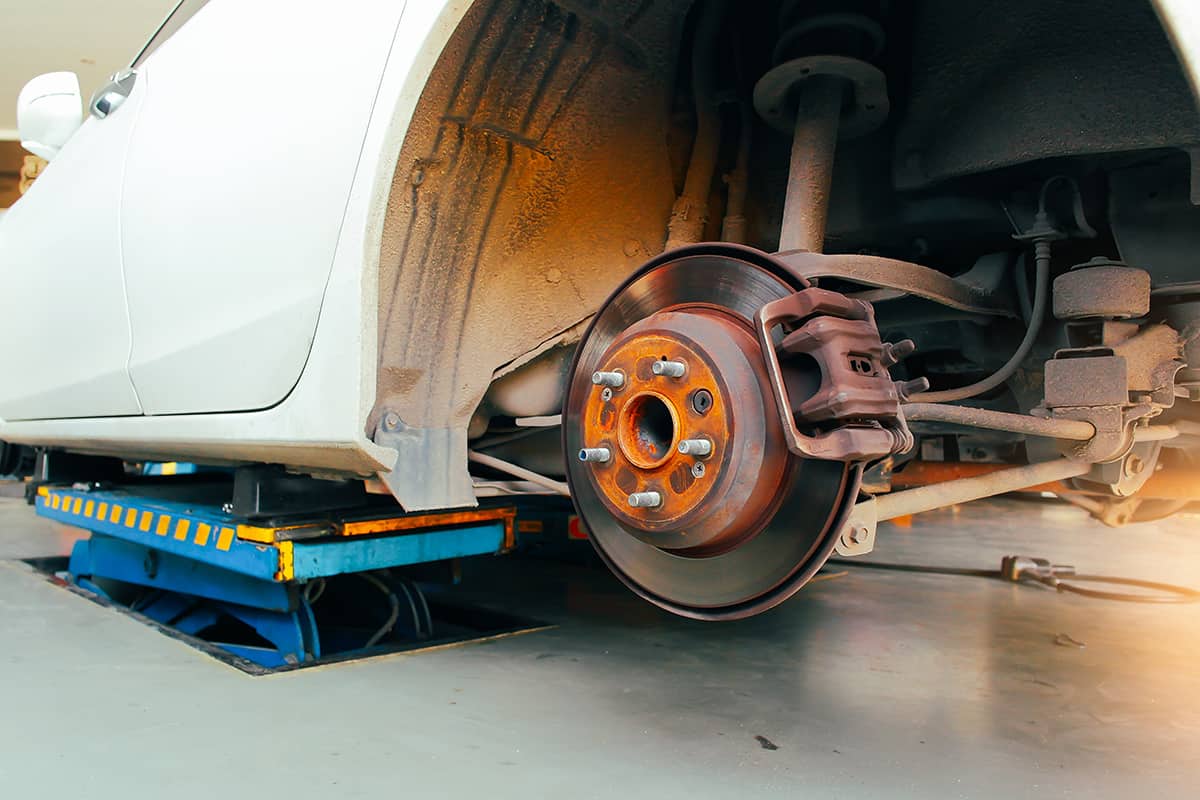
Not only does overfilling the brake fluid reservoir impact braking performance but there are real safety concerns for both you and your vehicle.
1. Compromised Braking Efficiency
The excess fluid can cause air to become trapped in the brake lines, leading to inconsistent brake pressure. This means your vehicle might not stop as promptly or as smoothly as it should, posing significant safety hazards, especially in emergency braking situations.
2. Contamination and Corrosion
Excessive brake fluid can increase the chances of contamination. Contaminated brake fluid, filled with debris or moisture, can corrode brake system components, leading to reduced lifespan and reliability of these parts.
3. Damage to Brake Components
An overfilled brake fluid reservoir doesn’t leave room for the fluid to expand when it heats up during driving. This can lead to increased pressure within the brake system, leading not just to leakages but also straining the seals, pistons, and other brake components. In extreme cases, this may result in premature wear or even failure.
How to Correct Overfilled Brake Fluid
While overfilling the brake fluid reservoir can be disastrous, you can correct the problem on your own. If you don’t feel comfortable following this guide, have a professional mechanic take care of your brake fluid problems for you.
Gather Necessary Tools
- A turkey baster or small hand pump
- A container for collecting excess brake fluid
- Clean rags or absorbent pads
- Brake fluid (of the specified type for your vehicle)
Steps to Correct Overfilled Brake Fluid
When the engine is cool, pop the hood and locate the brake fluid reservoir. Refer to the previous guide on how to measure brake fluid levels.
- Remove Excess Brake Fluid: Using the turkey baster or hand pump, carefully remove the excess brake fluid, ensuring you don’t introduce any contaminants into the system. Pump the fluid out until it reaches just below the ‘MAX’ line. Remember, it’s always better to remove a bit less initially—you can always take out more if needed.
- Dispose of Brake Fluid Properly: Brake fluid is hazardous and should be disposed of properly. Collect the excess fluid in a sealed container and take it to a local automotive shop or hazardous waste facility.
- Inspect for Leaks or Damage: With the fluid level corrected, it’s an excellent opportunity to inspect the system for any signs of leaks, damage, or wear. Check the condition of the reservoir, the brake lines, and other visible components.
- Check the Brake Pedal: After adjusting the fluid level, press the brake pedal a few times. It should feel firm and consistent. If it feels spongy or soft, there might be air in the brake lines, which will require further attention.
- Test Drive: Before taking your car back onto the main roads, take it for a short test drive in a controlled environment, such as an empty parking lot. This helps you ensure the brakes are working correctly.
Now that you’ve corrected the problem, your only job is maintaining proper brake fluid levels. Always refer to the ‘MIN’ and ‘MAX’ guide on the reservoir to ensure there’s enough (and not too much) brake fluid.
